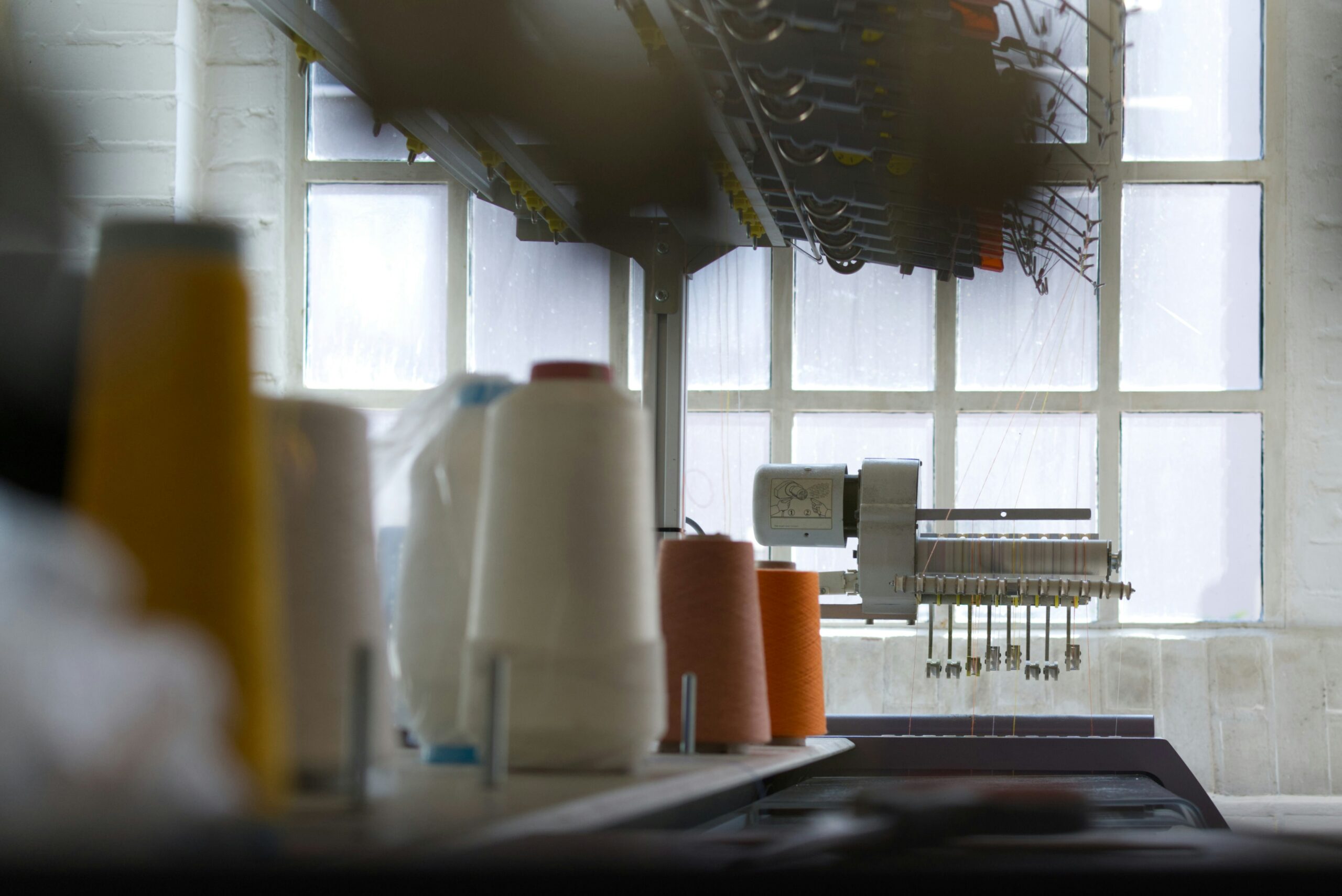
The Sim Corder/Harrison Mill is a testament to the significant role industrial heritage plays in shaping the economy and growth of local communities. As one of the prominent mills of its time, it played a vital part in advancing the region’s industrial capabilities and leaving an indelible mark on the local economy. By examining the history and impact of this mill, it becomes evident how it helped catalyze the growth of nearby industries while fostering a unique sense of place and community.
The Legacy of Innovation
The origins of the Sim Corder/Harrison Mill can be traced back to its early days of operation when innovation and engineering excellence were central to its success. The mill was established during a period when industrial advances were rapidly changing the landscape of manufacturing. Its design and machinery incorporated the latest technology, allowing it to outperform many of its contemporaries in productivity and efficiency.
This early embrace of cutting-edge technology positioned the mill as a cornerstone of the local economy, providing jobs and boosting regional development. As the demand for industrial products increased, the mill quickly became a key player in supplying goods essential for other industries to thrive. Its operations fueled local production and paved the way for innovations within the manufacturing sector. The forward-thinking leadership that guided the mill’s success significantly shaped the area’s industrial character for future generations.
Impact on Local Industry and Community
The economic benefits of the Sim Corder/Harrison Mill were felt throughout the local community, creating a ripple effect influencing the growth of various other industries. As the mill’s influence expanded, it attracted a skilled workforce, leading to a surge in population and the establishment of neighboring businesses. These businesses, ranging from smaller suppliers to service providers, were directly linked to the mill’s operations.
Moreover, the mill’s success brought attention to the region as an industrial hub, drawing in additional investment from outside companies. This influx of capital further boosted local development, helping to diversify the economy. By providing a stable and reliable source of employment, the mill became an anchor for the local community, offering stability even during economic uncertainty.
Technological Advancements and Efficiency
One key factor in the Sim Corder/Harrison Mill’s sustained success was its commitment to embracing technological advancements. As industrial technology evolved, so did the mill’s operations, incorporating new machinery that improved speed and production quality. The mill became a leader in adopting these innovations, keeping it ahead of its competitors and ensuring its place as an essential component of the regional industrial landscape.
Efficiency improvements were achieved through new equipment, refined processes, and system development. The mill’s management took an active role in optimizing workflows and minimizing waste, which allowed it to maintain profitability even in a rapidly changing market. These efficiencies ultimately contributed to the mill’s longevity and continued relevance within the industry despite the many challenges that arose over the decades.
The Cultural and Historical Significance
Beyond its industrial impact, the Sim Corder/Harrison Mill holds a profound cultural and historical significance for the local community. The mill’s presence has become intertwined with the area’s identity, representing the hard work and determination of the people who lived and worked in the region. It symbolizes resilience, reflecting the community’s ability to adapt and thrive in an ever-evolving industrial landscape.
For many residents, the mill is not only a place of employment but a source of pride. Over the years, families and individuals have forged lasting connections with the mill, creating a shared history passed down through generations. This connection to the mill has shaped local traditions and values, from community events to the region’s overall sense of purpose and identity.
Preservation of Industrial Heritage
Today, efforts to preserve the Sim Corder/Harrison Mill and its surrounding heritage have become essential to the region’s commitment to safeguarding its history. The mill’s preservation has allowed future generations to understand its critical role in shaping the local economy and community. As a living piece of history, the mill continues to serve as a reminder of the region’s industrial roots, offering insight into the challenges and triumphs of earlier times.
Through local museums, educational programs, and community events, the history of the Sim Corder/Harrison Mill is kept alive for current and future generations. These preservation efforts safeguard the physical structure and honor the people and stories that helped shape the mill’s legacy. In doing so, the mill plays a role in the community’s future, ensuring its history remains integral to the area’s ongoing narrative.
A Lasting Legacy
The impact of Sim Corder/Harrison Mill on local industry and the community cannot be overstated. From its early adoption of innovative technologies to its significant role in shaping the region’s economy, the mill has left an enduring legacy. Its historical, cultural, and economic contributions have shaped the development of local industries, and it continues to serve as a beacon of the area’s industrial past. By preserving and celebrating its history, the mill ensures that future generations can learn from and build upon the achievements of those who came before them.